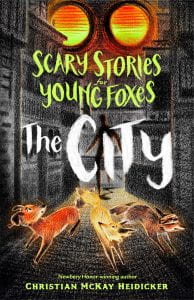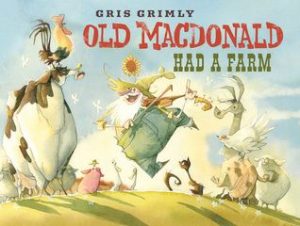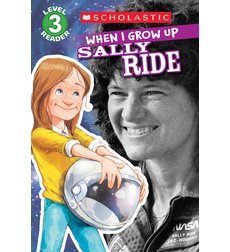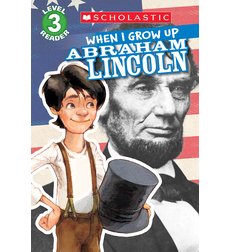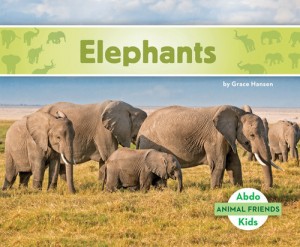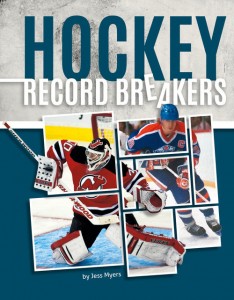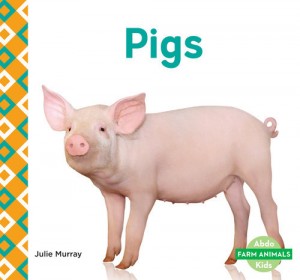 Race to the Truth series. Crown Books for Young Readers, 2023. $12.99 ea. 272 p. Grades 6-8.
Race to the Truth series. Crown Books for Young Readers, 2023. $12.99 ea. 272 p. Grades 6-8.
Coombs, Linda. Colonization and the Wampanoag Story. 978-0-593-48045-8.
Dockery, Patricia Williams. Slavery and the African American Story. 978-0-593-48046-5.
Wampanoag historian, Linda Coombs sets up this Race to the Truth entry as part narrative, part expository. Interspersed through thirteen chapters, she takes the reader through a year in the Wampanoag community, describing the Wampanoag way of life: the spring planting, the summer celebrations, the fall preparations, the winter insulation. Following each season, Coombs traces the harsh insinuation of colonization into the harmonious, cyclical, oneness with nature of Native American society. The time frame covers the Doctrine of Discovery, examining the impact of Columbus’s findings; the Pilgrims Patterns, disrupting the belief that Thanksgiving was a consensual sharing time with the Wampanoag; and Colonization, revealing the false assumptions colonial writers spread about Native peoples and the transgressions heaped upon the Wampanoag after the Great Dying (erupting from sickness colonists brought to the Native community). The narrative sections are homey and detailed, telling of the close family life, the reverence for everything that the earth provides, the ingenuity and knowledge of the Wampanoag society. Only in the final portion does the perfect harmony crack. Coombs inserts a tale of a Native who is caught stealing furs and other materials on several occasions and ultimately, the community stages a football game to determine the man’s fate: banishment or death. The alternating chapters that take place after 1400 do not stint on the injustice of claiming and usurping land that belongs to others. The excerpts quoted from 17th century works entitled, Mourt’s Relation and Gookin’s Historical Collections, enforce the racist attitude and superiority these white colonists felt toward the Native Americans. Among many other points in this history, Coombs explains The Mayflower Compact, the Catholic Church’s approval of colonization, the reasons for King Philip’s War in 1675, and the devastation of being forced to “live like the English.” Like Howard Zinn’s A Young People’s History of the United States and Anton Treuer’s Everything You Wanted to Know About Indians But Were Afraid to Ask: Young Readers Edition, Colonization and the Wampanoag Story unearths a perspective that is essential for all to know. Though the narrative sections are appropriate for younger readers, the average ten year-old reader may find the expository following difficult to understand independently.
THOUGHTS: The author, Linda Coombs, is from the Wampanoag Tribe of Gay Head (Aquinnah) and served as the program director of the Aquinnah Cultural Center. Outrageous, infuriating, shameful, extreme unfairness, white privilege–all these words scream in the reader’s mind when learning of the English’s audacity to take over this land nurtured and protected by the Wampanoag for hundreds of years. Young readers will have the same reaction. The contrast of the colonists’ selfishness, ignorance, and bullying with the gentle, peaceful ways of the Native society is stark. With the one exception, life as part of the Wampanoag community prior to colonization seems perfect. This narrative may need some tempering, however, the brutality to the land and the Native communities that loved it stings because of its truth. An essential addition to the school library. One reservation is the size listed as 5 ½” x 8 ¼”. For a book of that length, the size is very small and is sure to get lost on the shelf.
973 History of North America (United States)

